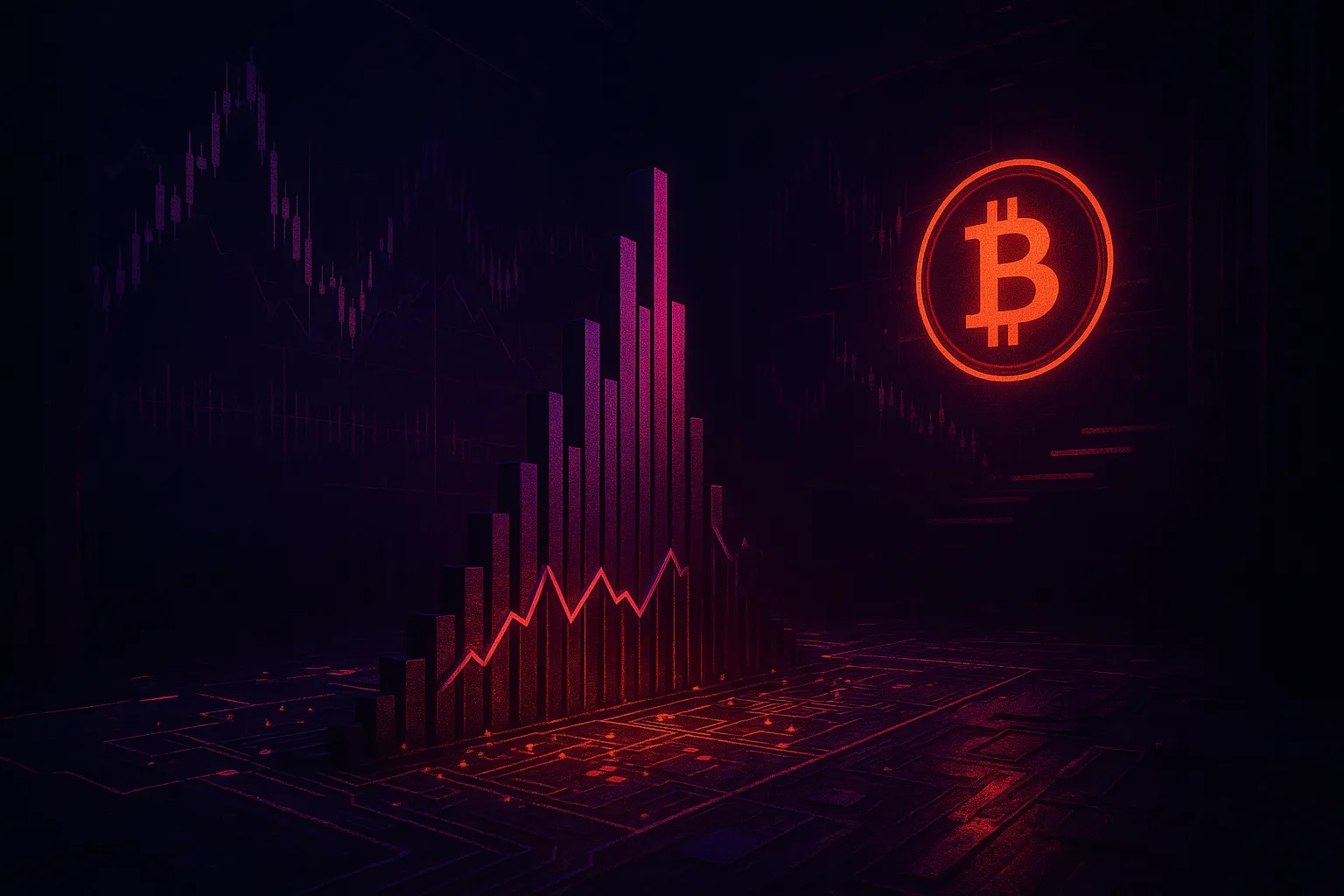In a striking development for the financial markets, US trading margin debt has reached unprecedented levels, exceeding those seen during the infamous dot-com bubble of 2000 and the financial crisis peak in 2007. This surge in borrowing raises red flags for analysts who are wary of the implications for market stability. The study highlights an alarming trend: increasing leverage could lead to significant market corrections if investor sentiment shifts.
Current Margin Debt Levels Raise Concerns
As of October 2023, the current margin debt levels have sparked concerns about a potential market correction. Historically, elevated margin debt has often been a precursor to significant downturns, prompting analysts to closely monitor the situation. The growing reliance on borrowed funds for trading activities could lead to increased volatility in the markets, especially if investors are forced to liquidate positions in a downturn.
Calls for Stricter Regulatory Measures
In response to these developments, there is a rising chorus of calls for stricter regulatory measures to control leverage in trading. Market experts suggest that increased scrutiny from regulators may be on the horizon, as the risks associated with high margin debt become more apparent. The financial community is now left to ponder the implications of this trend and the potential for a market correction in the near future.
As concerns about rising margin debt levels in the financial markets grow, the importance of advanced compliance in derivative accounting has become increasingly evident. For more insights, see read more.







